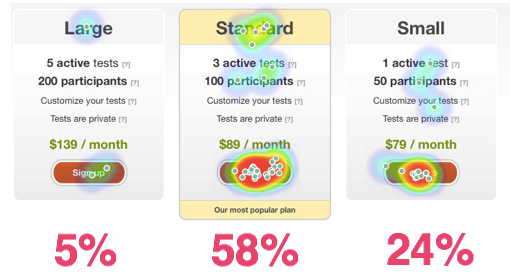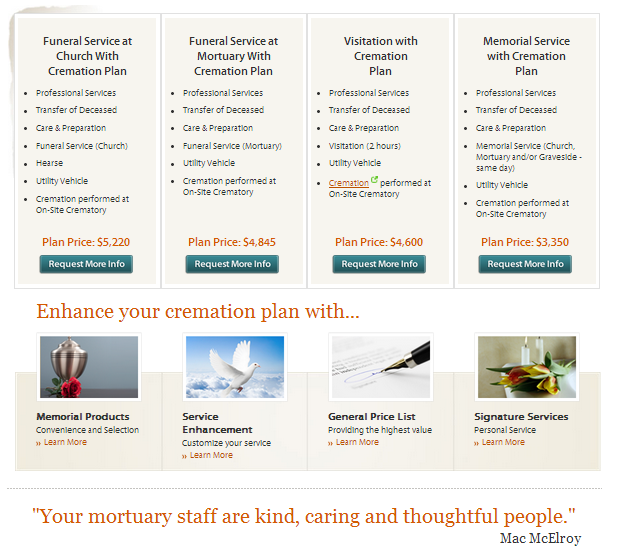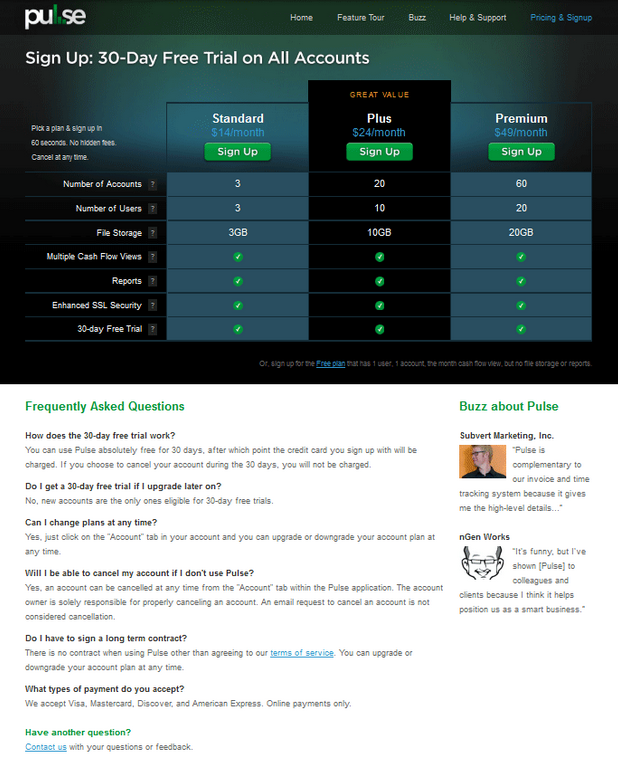7 Funeral Pricing Strategies That Turn Families Into Customers
November 21st, 2013
The other day, I did some “mystery shopping” in my area.
I wasn’t checking out restaurants or clothing stores… but funeral homes. In particular, I wanted to know what funeral options were available and what they would cost. So, I dialed up some funeral homes and paid attention to a few things:
– How did they present pricing to me – in an engaging way, or just simply listing prices?
– Did they educate me on all the available options?
The results? Let’s just say they varied considerably. One funeral director was extremely close-mouthed about pricing and urged me to visit the funeral home to learn more. Another provided the information somewhat grudgingly… I almost felt bad for calling them! I felt like an inconvenience asking them about their firm’s options. And the worst part? None of them could effectively describe the valuable services they have to offer.
Needless to say, from my experience, it seems that some funeral homes need to re-think the way they present pricing information to client families. So how do you move from your current approach to pricing to one that will turn potential client families into customers who truly understand the value of the services you have to offer? Here’s a few strategies that are worth giving a try…
1. Incorporate price anchoring
There’s definitely a psychology to pricing, no matter what the product or service is. If you are looking for a household appliance and the salesperson shows you the most expensive option first, then the next most expensive option looks quite reasonable. In contrast, that same option could look quite costly if you are shown the cheapest option first.
The same thing can apply with funeral services. One funeral home I spoke to offered information on the basic package first and then talked to me about the extras. Having added those on, the overall package looked quite costly… and confusing. In contrast, if they had given me a mid-range option as well as an expensive one, I might have chosen the middle package.
Price anchoring is all about priming people to accept a certain price. It’s something you see often on the web where companies present three or five options with the main one highlighted. Do this and not only will client families feel like they have a choice, but you might see sales of your more expensive options and packages go up.

Here is an example of a pricing page on a wedding website that incorporates price anchoring with three pricing packages.
2. Use decoy pricing
Have you ever heard the saying, “if you want to make a house look big, put a tent next to it”? Well, if you want to make something look small, put a skyscraper next to it (metaphorically, of course). If you’ve ever been to a website that offers three packages, and two of them seem to be virtually the same price but have vastly different options, that is decoy pricing in action. A study of an Economist ad shows how it works. The ad presented three student subscription options for their magazine: web only, print only and print/web, with the last two priced the same. Most students took the third one, as they perceived it was a better value. What’s even more interesting is that when the second option was removed, more people took the cheaper option.
Having that decoy price raised the perceived value of the print and web subscription. If you use packaging (another strategy we’ll get to in a minute), then playing around with the contrast effect might work for you. Remember that you’re not just trying to sell the most expensive product, but instead to make your original product or service look not-so-overwhelming so you sell more of those.

Here is an example of a heat map one company used to test the success of their decoy pricing package. As you can see, most people opted for the “Standard” package.
3. Bundle your services
Let me ask you a question. If you were planning a vacation, what would appeal more to you:
– planning every element of your trip by yourself, paying for everything “a la carte”
– choosing an all-inclusive package that has everything you need for the trip, leaving you with no worries or hassles
If you’re like most people, you would probably choose the second option. Product bundling is a strategy many businesses use because it sells well with customers looking for value. Even if it isn’t a better deal, the value in not having to worry about all of the individual details of something, in my eyes, trumps price. Think about how you can implement this strategy at your firm.
O’Connor Mortuary incorporated four different packages for cremation families on their pricing page, and it’s been a huge success for them. They’ve found that bundle pricing not only helped them increase sales, but now more families are opting for more than just a simple direct cremation.
Check out their pricing page below to think about ways you can bundle the services you offer:

O’Connor Mortuary’s pricing page is great because it provides plenty of options and information for each package.
4. Offer “add ons”
While bundle pricing works, some funeral practitioners prefer not to group their services. “I don’t like packages; they lead to hidden charges and I prefer to be transparent,” said one funeral director I spoke to during my research. And, as with anything in life, honesty and transparency are key. This research on bundling shows that bundle pricing is only effective if customers can also get the same services separately. This helps you maintain transparent pricing for all of your service options so families feel like they have a choice.
Some of the funeral directors I spoke to did a great job of breaking down the costs and outlining the absolute essentials a client family needed. They then added on other items that were optional, so that there was the option to select only as much as families could afford.
5. Offer monthly pricing
With the cost of funerals rising, it’s tough for some client families to pay for everything up front. Maybe it’s time to consider a payment plan. Taking a deposit and letting families pay for their service a few months could be the reason families choose you over your competitor. And, it gives you a great opportunity to show client families the value of a prepaid plan to cover the cost of any future funeral service.
6. Show your value
For the final strategy, we’re back where we started. The ultimate answer to price resistance is to communicate value right upfront. Here are a couple of ways you can do this:
– Provide social proof. If others in your community count on your funeral home to offer a celebration of life, why shouldn’t they? O’Connor Mortuary’s pricing page, which was mentioned earlier, does a great job doing this. Right below their pricing packages, testimonials from real families flash on the page, reassuring potential customers that they can take care of their family and loved one.

O’Connor Mortuary’s pricing page leaves potential families feeling confident that they’re in good hands.
– Answer their questions. There’s a mantra in web design and usability that says “Don’t make me think!” and The Pulse pricing page is the perfect example of that. Everything the customer needs to know to make a purchasing decision is laid out neatly for them. All of the FAQ’s are right there, and if they can’t find the answer to their questions, Pulse makes it easy for them to contact them directly and ask.

Pulse’s pricing answers all of their potential customers FAQs & makes it easy for them to get in touch.
Do that and your conversation with client families is not just about price, but about value – and that’s the best way to win new business and turn families into customers.
Do you have any tips or suggestions regarding pricing that have worked for your funeral home? Let’s hear them in the comment below!


[…] Funeral Blog. The official blog for the funeral & cemetery professions. » Blog Archive 7 Funera…. […]
The only thing I would add to this is develop an approach to encourage the customer to express THEIR value (what is important to them) and then work that into your discussion on pricing. If a customer does not clearly see THEIR value, then any price is too much.
This is a great article, Sharon – well researched and excellently written.
[…] home owners who think they need to price their services lower than the competition to earn business got it all wrong. Let’s face it, this strategy is NOT […]
[…] been to Macy’s on a sale day? It’s insane! Limited stock and great prices equals a perception of increased value and a mad rush to complete a purchase. Scarcity sells. OK, […]
[…] a recent blog on funeral pricing strategies, we talked about all the benefits of package pricing. Not only is putting your services together in […]
Before deciding which specific model to choose, a successful SaaS company will carefully plan their long-term pricing strategy. Without a legitimate strategy to inform pricing options, the whole plan and company can easily go awry. These are a few of the most common pricing strategies that SaaS companies should implement.